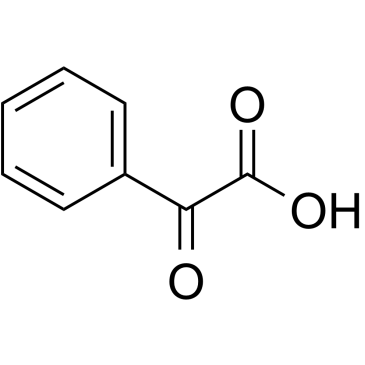| Structure | Name/CAS No. | Articles |
|---|---|---|
 |
1,2-Dimethylethylenediamine
CAS:110-70-3 |
|
 |
Phenylglyoxylic acid
CAS:611-73-4 |